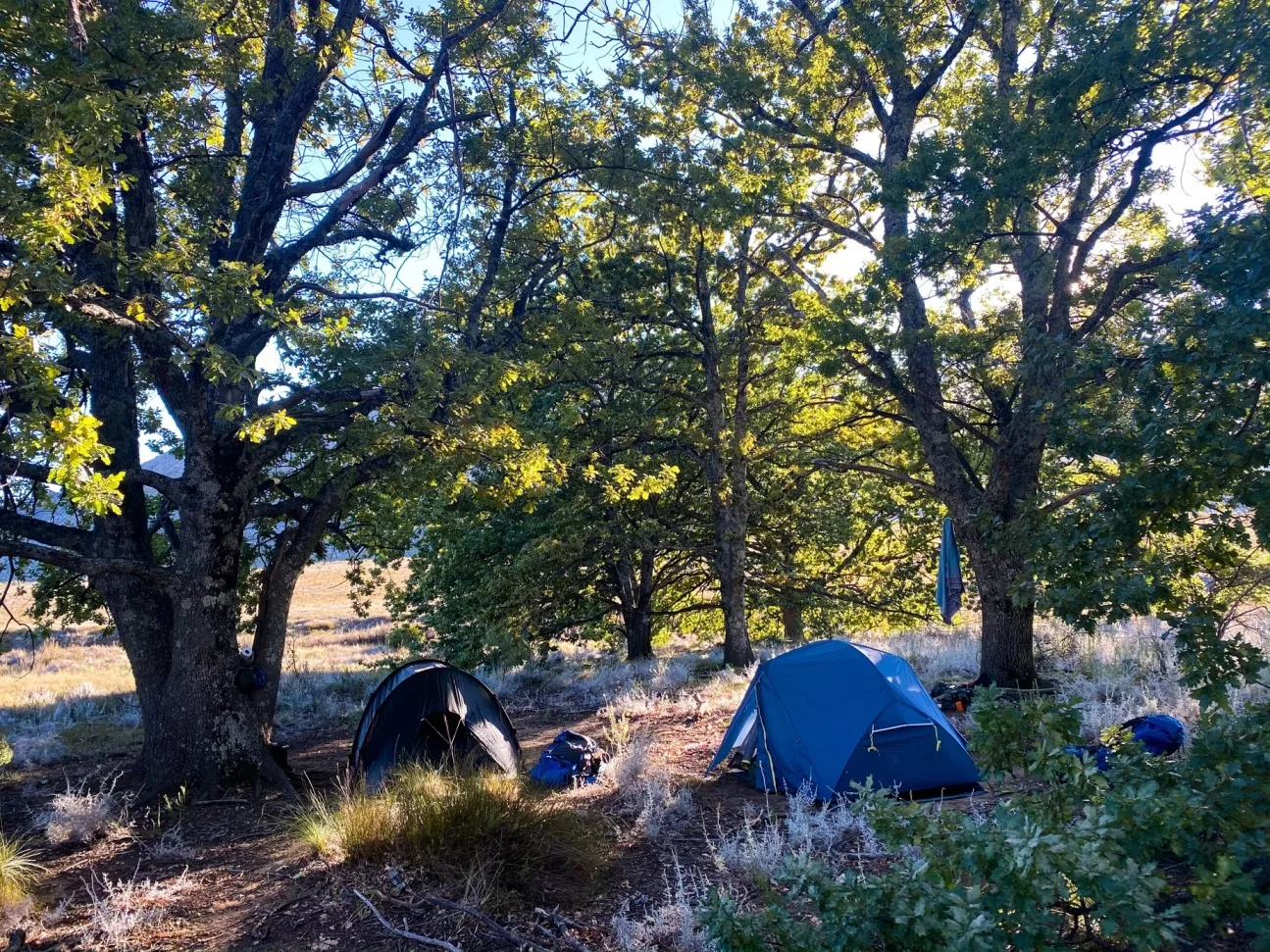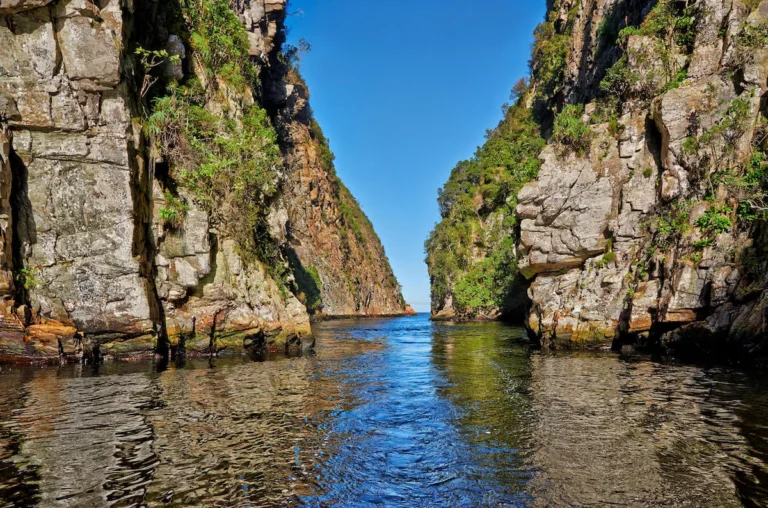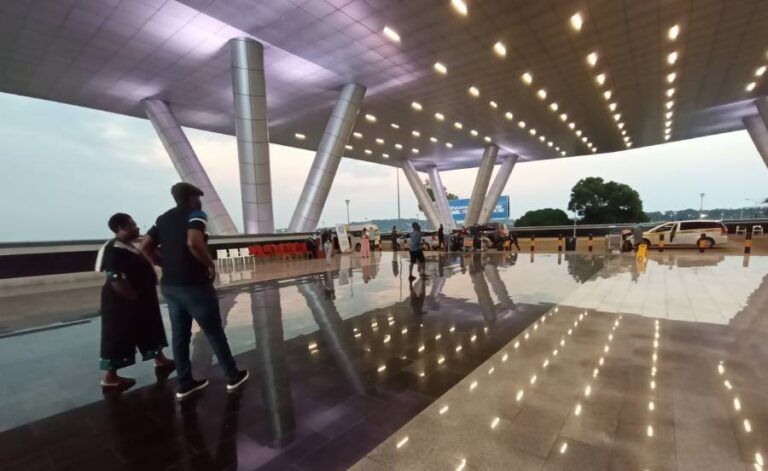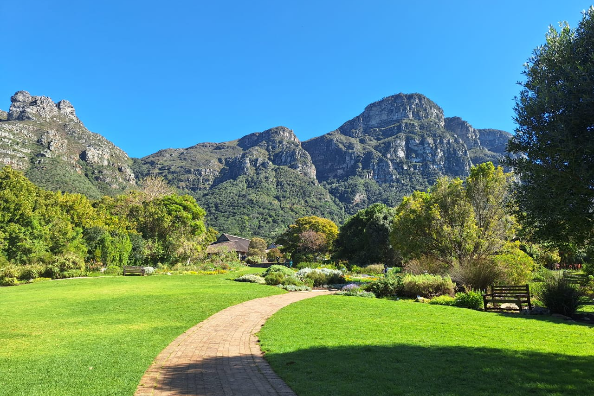Where you can camp in complete silence (and still stay safe)
Silence has become a luxury. In a world wired with notifications, background chatter and city buzz, truly quiet camping is rare — but not impossible. South Africa still has wild places where you can hear yourself think, sleep under star-thick skies, and wake to nothing but the rustle of wind through reeds.
Here’s where to find that elusive hush, what to bring and how to stay safe while soaking it all in.

Jeffrey Keenan/Unsplash
What makes a place truly quiet?
It’s not just the absence of people. Remote terrain, low tourism traffic, no roads nearby, and minimal infrastructure all contribute to natural silence. These are places where wildlife outnumbers humans, and the loudest thing you’ll hear might be your own campfire crackling. All sites listed below are camping-only zones — no lodges, no glamping, no reception. Just you, your gear, and the wilderness.
Safety First: How to camp far from it all (responsibly)
Camping in quiet places often means camping far from help. Here’s how to prepare:
- Let someone know: Always tell a friend or family member your exact destination and return date.
- Travel in a group: Solo camping is tempting but riskier, especially with a limited signal.
- Check weather forecasts before heading into high-altitude or desert regions.
- Get the right permit: Most protected areas require permission and registration.
- Respect fire bans and water sources: Dry areas like the Karoo are fire-prone, and remote water sources are often the only ones around — treat them kindly.
- Bring a paper map or GPS: Don’t rely on your phone, and always have an analogue backup.
- Wildlife caution: In mountain or wilderness areas, pack food securely and avoid attracting animals.
What to pack for silent campsites
These items go beyond basics like your tent and sleeping bag:
- Headlamp with red light setting (so you don’t blind yourself at night)
- Extra water and a water purification system
- Warm layers — even in summer
- Power bank or solar charger
- First aid kit with a snakebite kit if in dry or mountainous regions
- Extra food supplies in case you decide to linger
ALSO READ: Tintswalo expands with exclusive-use villa in Klaserie Private Nature Reserve
Where to find true camping silence in South Africa

Picture/Forge SA/Mama Alles
Groot Winterhoek Wilderness Area – Western Cape
Nestled in the mountains beyond Porterville, Groot Winterhoek is a CapeNature-protected wilderness best reached on foot. Designated camping zones are far apart, and you’ll go hours — possibly days — without seeing another person. With ancient rock formations, waterfalls, and orange-pink sunsets, the silence is as profound as the views. Register at the CapeNature office and carry a water filter; water is plentiful but untreated. Additionally, to reach the overnight huts, visitors must take a 14km/3.5 hour hike from the parking area, as driving is not permitted. There are no overnight facilities at the beginning of the hiking trails.
Tankwa Karoo National Park – Northern Cape

Picture/Langkloof Campsite/LekkeSlaap
Tankwa’s lunar plains offer some of the best night skies in the world, and total daytime silence too. Camp at Perdekloof for some structure, or book the isolated Langkloof campsite for ultimate off-grid bliss. Roads are rough — a 4×4 or well-prepared vehicle is key. Bring shade nets, extra fuel, and an emergency kit. This is a place to slow your pulse and let the silence settle into your bones.
Mkhomazi Wilderness Area – KwaZulu-Natal

Picture/Kevin Gallagher/Polar Steps
This lesser-travelled southern stretch of the Drakensberg is filled with rivers, rolling hills and high mountain ridges — and very few people. Wild camping is allowed in designated zones, but only if you’re willing to hike in with everything you need. The silence here is broken only by the breeze and birdcall. Snow can fall even in summer storms, so pack for cold weather and sign the mountain register on arrival.
Lekgalameetse Nature Reserve – Limpopo

Picture/Sightseeing Scientist
Translating to “place of water,” this reserve is rich in waterfalls, dense forest and solitude. The terrain is lush and best suited for campers with a 4×4. Accommodation is available in self-catering chalets in the forest next to the river and in self-catering farmhouse accommodation. Basic sites are scattered through the reserve, including old forestry camps and river bends. There is some staff presence, but don’t count on amenities — pack your own water filters, backup power, and always travel with someone.
Ongeluksnek Nature Reserve – Eastern Cape

Picture/SA 4×4
Few places feel as remote as Ongeluksnek. Straddling the Lesotho border, it’s where basalt cliffs meet valley silence. Getting there is an adventure itself, as the road is strictly 4×4. Camping is permitted with a permit from Eastern Cape Parks. The rewards? Solitude, open mountain air, and very little human interference. GPS, paper maps, and good boots are all must-haves.
Boosmansbos Wilderness Area – Western Cape

Picture/Cape Nature
If it’s true wilderness you’re after — not just quiet, but real, untouched solitude — Boosmansbos delivers. Just inland from Heidelberg in the Langeberg Mountains, this 14,000-hectare CapeNature reserve has no roads, no buildings, and no formal campsites. You’ll need to hike in from Grootvadersbosch Nature Reserve, carrying everything on your back.
Once you’ve crossed into the Boosmansbos interior, the silence deepens: no car noise, no generators, not even neighbouring campers. You’re free to pitch your tent wherever you like, so long as you follow Leave No Trace principles. You’ll need a hiking permit from CapeNature and should sign the mountain register before heading in. A water filter, headlamp, and solid footwear are essential. This one is for seasoned hikers who want to earn their silence with every step — and sleep under stars no streetlight has ever touched.
Goegap Nature Reserve – Northern Cape

Picture/SA Campsites
Outside flower season, Goegap feels like the moon. Wide plains, granite boulders and zero sound. The campsites are simple, and hikers can roam vast swathes of dry silence. Good boots and high sun protection are essential. Pack more water than you think you’ll need, and check in with reserve staff before heading out, as signage is sparse.
Follow us on social media for more travel news, inspiration, and guides. You can also tag us to be featured.
TikTok | Instagram | Facebook | Twitter
ALSO READ: Spots in Africa which your camera lens deserves to see
Moving to Kenya Watch this






